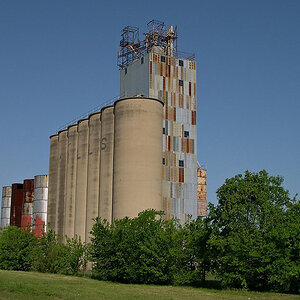Pixel Hunter
TPF Noob!
- Joined
- Mar 14, 2018
- Messages
- 6
- Reaction score
- 0
- Can others edit my Photos
- Photos OK to edit
I'm sitting here at my desk at work. I have my Nikon D5100 in hand, and I'm tasked with taking portrait "head-shots" of everyone so I can use them for user accounts/Outlook/etc. My end goal is to have 200x200 pixel photos of everyone that don't completely suck. But given the use and size, they also don't need to be professional portrait quality.
Problem is, I'm getting pictures that are completely blown out, and I'm having trouble remembering how to set the camera and flash. I'm not typically a people-picture person. My focus (pun not intended) has always been on landscape, architecture, and macro photography. FYI: I've never used this speedlight before!
Any guidance on settings would be greatly appreciated!
(Nikon D5100, Sigma 105mm Macro lens, Neewer 750II Speedlight. I should also mention I'm in an office environment with fluorescent lighting and mostly bland and neutral walls.)
Problem is, I'm getting pictures that are completely blown out, and I'm having trouble remembering how to set the camera and flash. I'm not typically a people-picture person. My focus (pun not intended) has always been on landscape, architecture, and macro photography. FYI: I've never used this speedlight before!
Any guidance on settings would be greatly appreciated!
(Nikon D5100, Sigma 105mm Macro lens, Neewer 750II Speedlight. I should also mention I'm in an office environment with fluorescent lighting and mostly bland and neutral walls.)


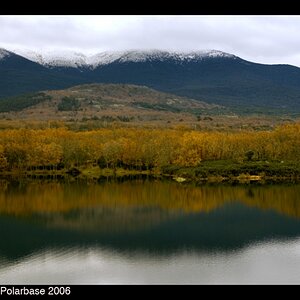
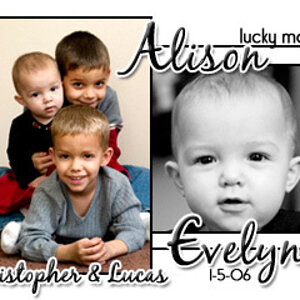
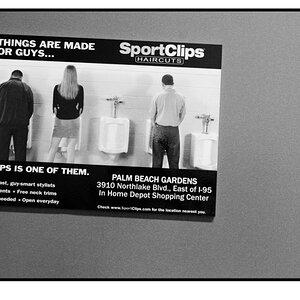
![[No title]](/data/xfmg/thumbnail/35/35669-485de67e98a042d63d728593720828a0.jpg?1619737091)
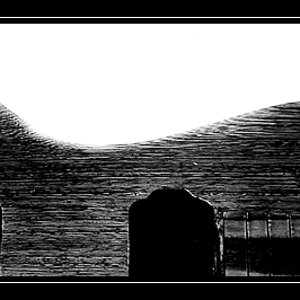
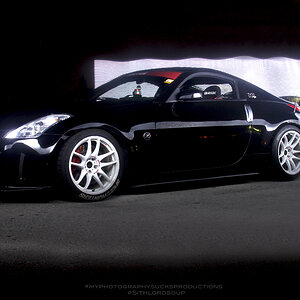
![[No title]](/data/xfmg/thumbnail/31/31037-35b917d9eb4d044981e83ac234757e09.jpg?1619734581)
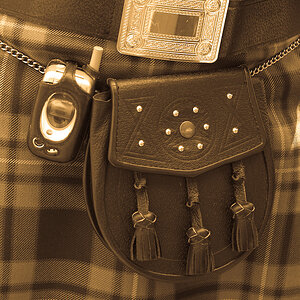

![[No title]](/data/xfmg/thumbnail/1/1592-cfae4a7ea791f96c6e2d03484be2e454.jpg?1619729144)

